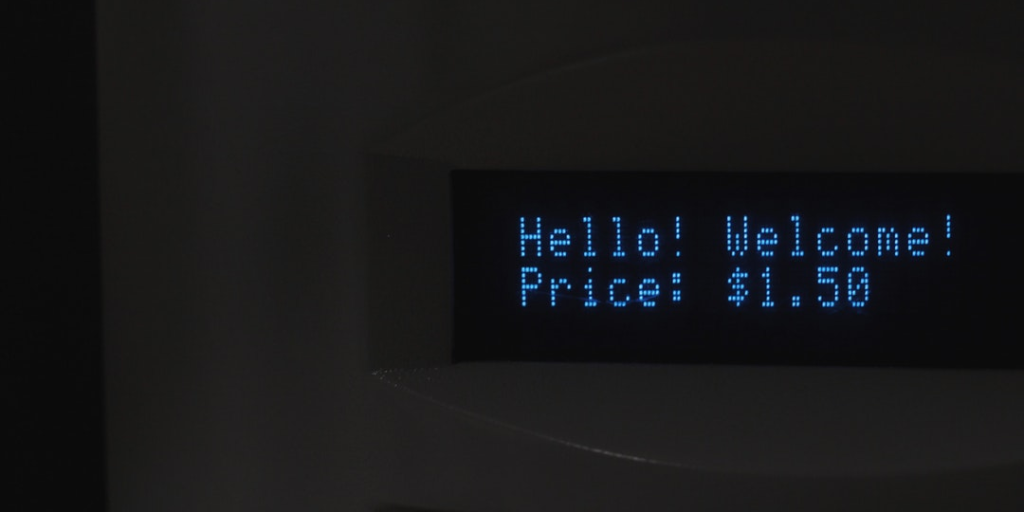10 Legit Ways to Work Less at Work
Working less while completing more seems miraculous. But it is possible. We are telling you of 10 legit ways to work less and achieve more.

Working less while completing more seems miraculous. But it is possible. We are telling you of 10 legit ways to work less and achieve more.

Disclaimer: Implementing the ways we offer works better if your inner settings are on 'thinking positive' and 'feeling creative' because it is a scientific fact that happy people are more productive.
At the stage of planning, narrow down your ideas
Apply a technique of three-times repetition. Each time you set a goal give an answer to these questions:
- in what way is this goal aligned with my annual goals?
- in what way is this goal aligned with my income growth?
- in what way is this goal aligned with this particular project?
Ultimately, you’ll see what corrections you need to make to tailor your goal and set its priority. Now, mapping out each of your projects will be made with precision.
Determine how much time you have

Practically all the tasks we are performing at work can be divided into two categories:
- revenue-generating tasks
- tasks with less specific purpose that are indirectly related to making money.
The best way to understand the proportion of tasks in your schedule is to start tracking your time.
It will show you what exactly you’re engaged in and how it is related to result-oriented work.
One way to determine how much time you allocate for work and how much time you have for fun is to use a reliable time tracker like TMetric. Use it to:
- calculate real spending time
- compare it to estimated time.
Get as techie as you can because it is the only way to get insights into the authentic picture of your day.
Be mindful of 'Small killers - Big wasters'
Seemingly innocent habits might eat away the considerable time and leave you wondering how come that after an 8-hour working day you achieved so little.
The most common 'killers' are:
- office chats (SOLUTION: walk away once you hear gossip start)
- confusing work for party and making friends on work hours (SOLUTION: stick to the schedule)
- chatty or noisy co-workers (SOLUTION: wear noise-cancelling gear)
- checking on social media profiles and making personal calls (SOLUTION: if you cannot resist checking your social media pages or replying casual calls block this option during your work hours)
- checking email more than twice a day (SOLUTION: allocate time for checking mail, ignore the temptation to reply every coming letter)
- meet-ups that, by various estimations, cost $37 billion losses annually (SOLUTION: if you are not required to be present skip it without thinking twice)
- having too frequent snacks (SOLUTION: limit your snack time to several minutes). We are not advocating speed eating that can be unhealthy. We suggest people use common sense when it comes to distributing their time so that at the end of the day they knew they worked for tangible results.
Complete or junk unfinished projects

If you have too many projects labelled with 'in-progress' or 'postponed' status it is time you stopped and reconsidered. You need to:
- finish the project
- acknowledge the project as a fail.
- identify and analyze the reasons for postponements to avoid repeating the same mistakes.
The only exception you can afford is keeping epic projects that generate income AND introduce analytical data for further research and development.
Manage your energy
Energy management implies:
- total focus on work
- concentration on a task at hand
- taking a short rest.
This state is also known as the state of deep work. You invest all your efforts into a task for a short period of time without any single distraction.
Work in intervals. Let the time of absolute focus follow with the time of unbroken rest.
Eliminate 'busyness'
In case you work without the defined business strategy, you might find yourself trapped in the 'vicious cycle of busyness' when you do a lot but achieve little. To avoid it:
- magnify the picture with articulating the business strategy.
- make every detail visible and meaningful.
The business that shared its strategic vision with employees is highly likely to generate more income because it helps people get directed and stay focused on the results.
Improve your timetable

There are two ways to optimize your schedule and never complain that you need more time:
- make a choice in favor of quality over quantity (the optimal number of major items you can handle on a daily basis varies from 3 to 5)
- set realistic goals as it will help include 'real' tasks into your daily routine (by real we mean the ones you have mental and time resources to perform).
Create a flow
Sometimes taking too many efforts can signal not of your diligence but of the movement in the wrong direction. To find the way of creating the unbroken flow will require self-analysis. You need to:
- identify the hours that you can describe as your personal productivity peak
- schedule your time so that the hardest tasks could be done at those hours.
Rethink some tactics

At times, we incorporate certain routine only to follow fashion. For example, we work out big marketing campaigns based on the concept of discounts. But quite often, discount is a short-term attraction. When selling at discount prices, you have to work more to generate the same amount of income. Businesses discounting their products or selling service cheap are not uncommon. But it is a losing scenario.
To rethink it, you need to accomplish two tasks one time only but prior to getting down to work:
- dig deep into understanding what your customer is (profile your customer using demographic metrics, expected behavior patterns, ways to emotionally connect, brands preferences, etc.)
- evaluate you market position properly.
It will enable the competitive and adequate pricing your products or services and save you tons of work time.
The same approach can be applied to other business practices that can be holding you back due to their irrelevance.
Do regular update and upgrade
The previous technique covered the tactical issues. But speaking broadly, regular update as the business approach to optimizing work can be applied strategically. It concerns:
- the technology you use (you do not need to fall behind with your project only because your competitors are equipped with better time tracking or project management software)
- your mindset (we need to revise our habits to know our potentially weak spots and cultivate the habits that boost our productivity and help us find shortcuts in achieving results).
In conclusion
If you apply these ten methods for working less while achieving more, it’s not going to take you a long way to see the results.
Implementing these tangible techniques, you can restart your routine and save tons of time to feel happier with the newly-found work-life balance.

